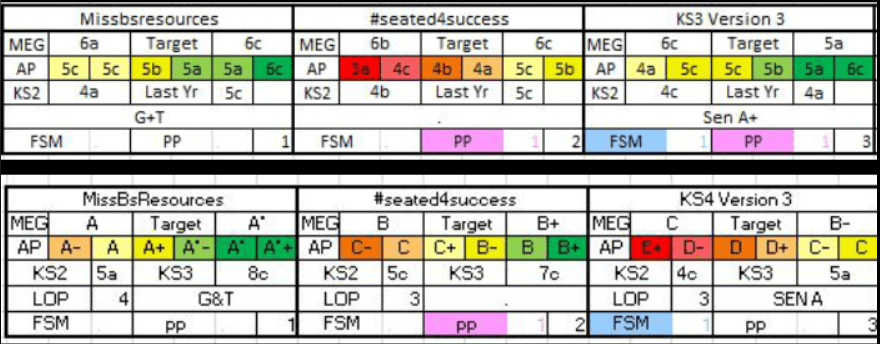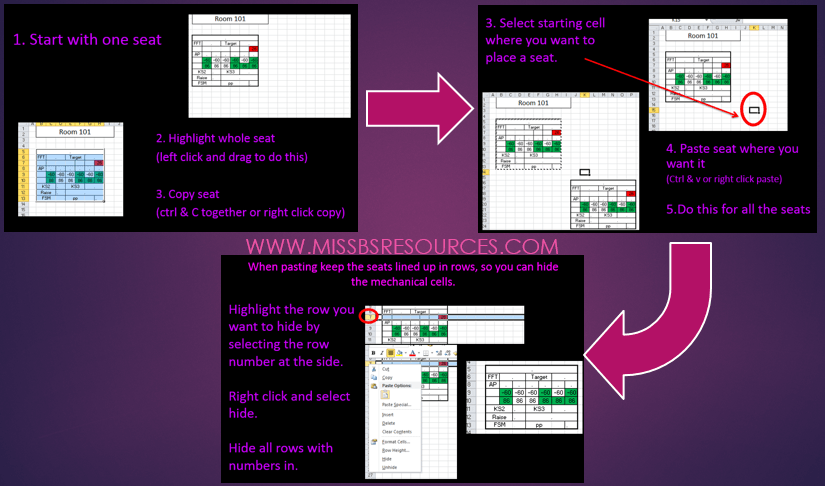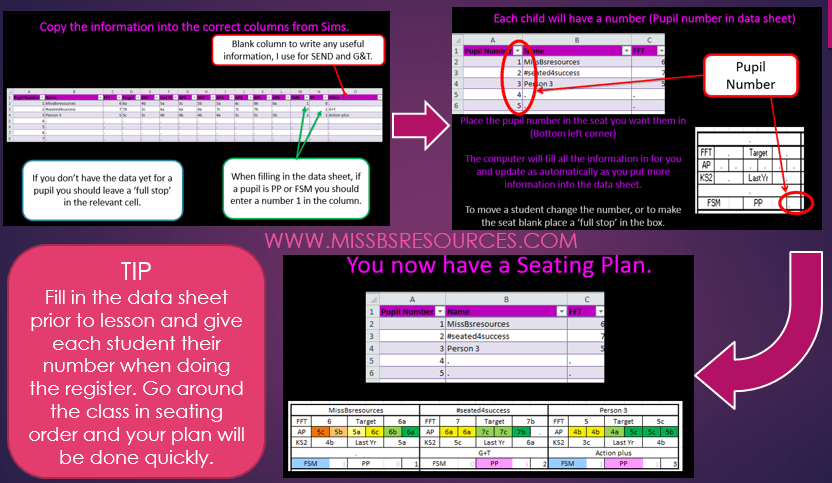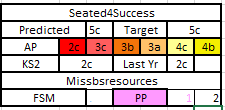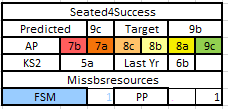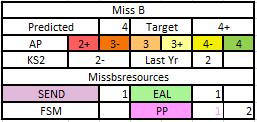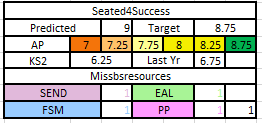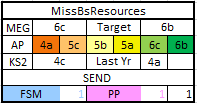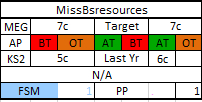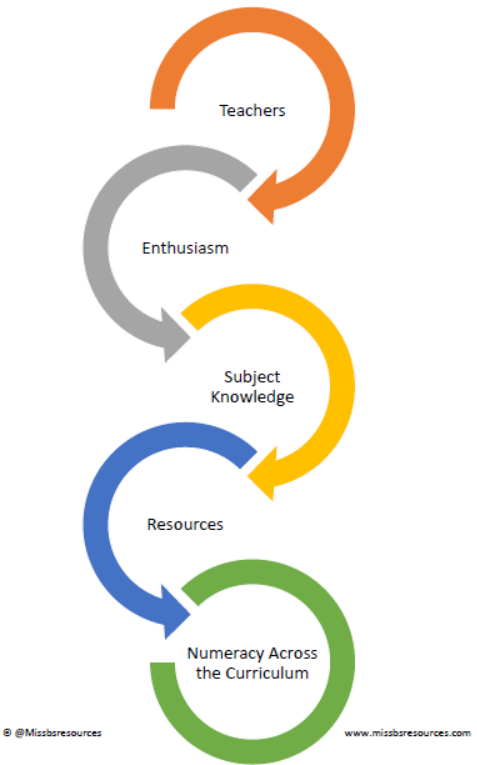Events

Future Events
Presentation and Workshops
Numeracy Across the Curriculum
A stimulating and interactive talk focusing on how to develop, motivate and highlight numeracy across the curriculum. Within the presentation we will look briefly at the national picture and what these figures mean for the students in our classrooms on daily basis. How can we as maths teachers help our studentsand staff to over come their numeracy phobia and bury ‘I can’t do maths’. The main aim of the presentation though is to share ideas that will make both teachers and students excited and enthusiastic about numeracy; Providing a bank of ready to use resources to take back to school. Supporting colleagues and schools in their journey of numeracy being across the curriculum.
Indepedent Learning
A thought provoking presentation, which looks to dispel the myths about independent learning and how to remove the barriers. The presentation touches on Carol Dwecks research on the growth mindset and how to use these principles to enhance students learning. Many useful takeaway resources and ideas are provided, which can be used within your daily classroom practice. These are to help engange students, which in turn allows for rapid progress.
The Five W's of Social Media and Blogging
A stimulating and interactive talk on the use and impact that social media and blogging can have on your daily teaching practice. Taking a critical look into the who, what, when and why of twitter, blogs and more. Most importantly though the focus will be on how to get the most out of the virtual teaching community and making it work for you.
Making the Seating Plan Work
A useful and accessible talk on generating, editing and using the interactive seating plan effectivly as meaningful document, which clearly highlights students progress and easily identifies students who need intervention.
Technology is forever advancing and interactive seating plans in the initial development stages were extremely time-consuming, however now they have advanced enough that with practice it is inherently quicker than a handwritten plan. As teachers we continually strive for each and every student to reach their full potential; every grade and every child matter. Interactive seating plans help manage a student’s progress, identify struggling students and allow you to locate key cohorts of students quickly. Ultimately though interactive seating plans give you the freedom of your classroom back, making it quick and easy for you to change the layout or students seat within your classroom.
Making the Marking Managable
An interactive talk looking closely at the purpose behind marking. Aim to refocusing teachers attention on the important aspects and providing many useful tips on speeding up marking and making a system that works for you. To do this we will focus on the development of COW (Correction of Work) and POW (Perfection of Work). See my blog on marking for more information.
Literacy within Mathematics
A thought provoking, hands on workshop aiming to challenge the belief that it is hard to find a place for literacy within a maths classroom. Looking closely into the thought process of speaking which is link to thinking which is then linked to understanding. Inspecting several methods such as the frayer model and allowing the maths to inspire the literacy to enhance student engagement within a maths classroom.
Effective Differentiation: Support, Stretch and Challenge
An interactive workshop looking at strategies to effectively differentiate for all students, through the development of questions to support, stretch and challenge. Breadth and depth are at the heart of mathematics and a key focus will be on contextualising questions with other subject areas, such as geography and science, and also pairing topics together to form challenge questions; with an aim to develop multiple strategies to introduce concepts and pose challenges to students. Alongside this we will closely inspect several techniques to structure learning for weaker students, in order to make the learning and challenges both accessible and memorable. With the ultimate aim of providing several takeaway ideas, concepts and resources to support mathematics teaching and learning.



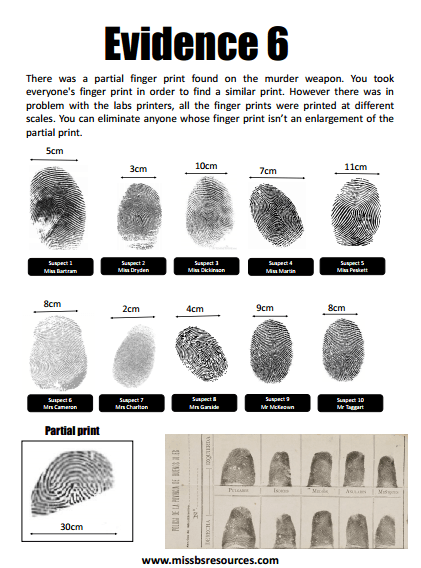
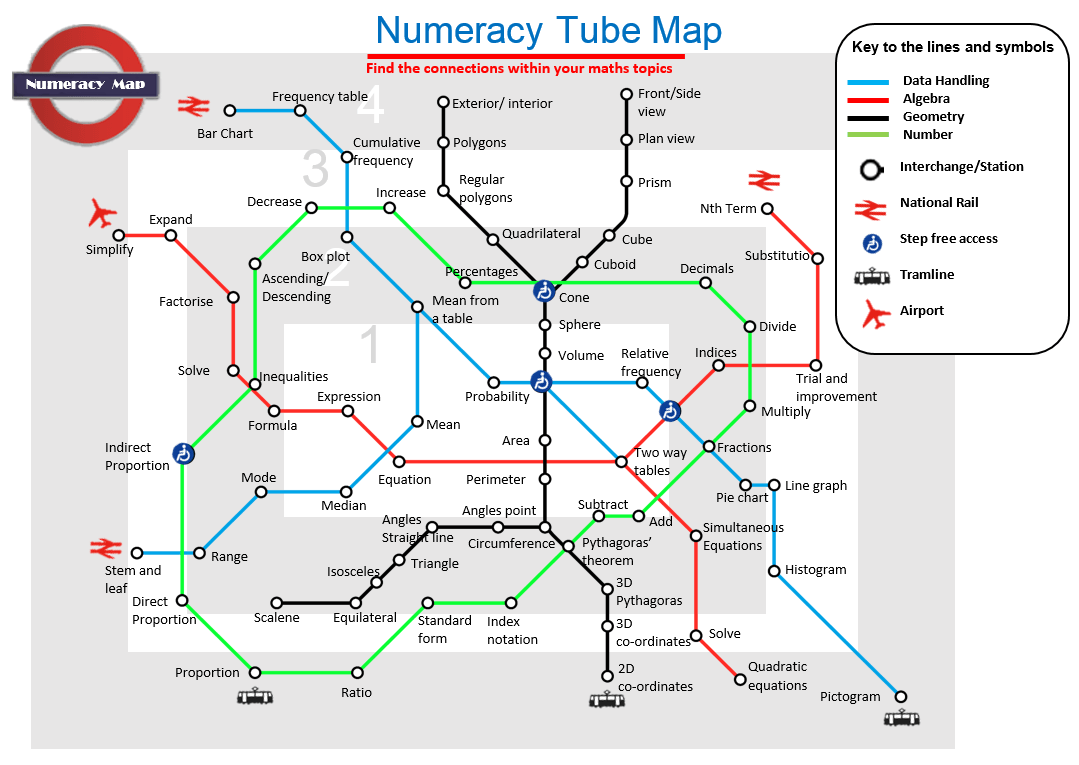
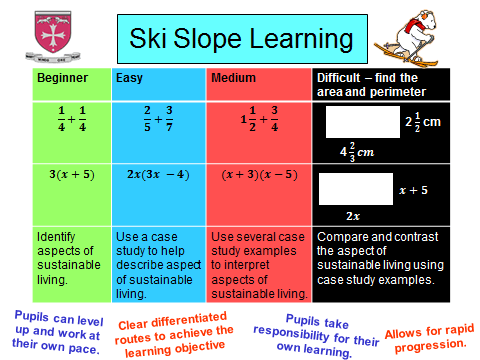 What is Ski Slope Learning and why use it? Every student learns at different rates and has different strengths. Ski slope learning allows for students to get to the same end result from different starting points.
What is Ski Slope Learning and why use it? Every student learns at different rates and has different strengths. Ski slope learning allows for students to get to the same end result from different starting points.